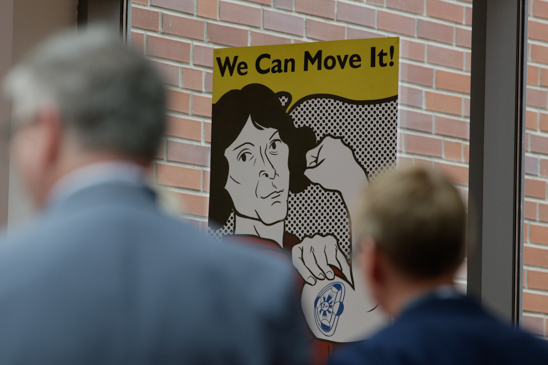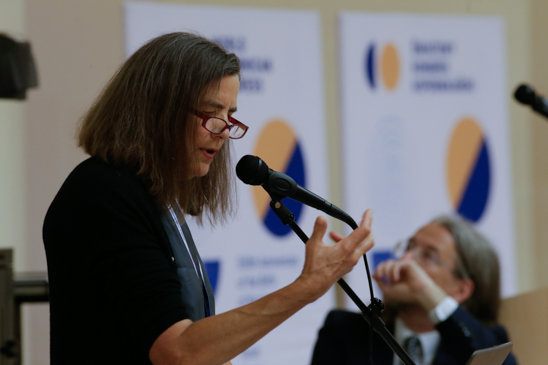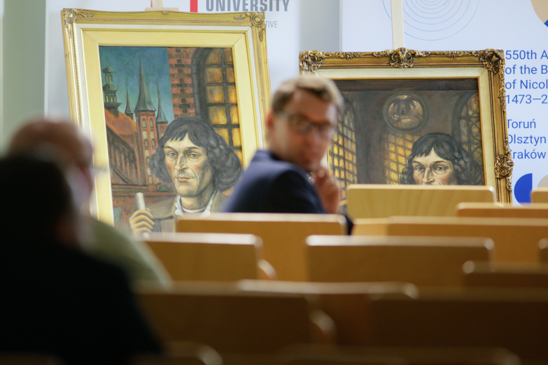Many foreign speakers visited this year’s edition of the World Copernican Congress, and each presented different views on Nicolaus Copernicus. They came from various parts of the world, ranging from Northern America to the Middle East.
Prof. Jamil Ragep
Prof. Jamil Ragep (McGill University, Canada) presented one of the most interesting perspectives on the legacy of Nicolaus Copernicus. Firstly, he talked about the connections between Copernicus’s most known astronomical works and the Islamic tradition of astronomy. In addition, he added that Nicolaus Copernicus might have been inspired by the astronomical model of a historical Middle Eastern scholar, Ibn al-Shatir. Moreover, the Canadian speaker explained that there is evidence of knowledge transfer from the Middle East to Europe.
Prof. Jamil Ragep about Nicolaus Copernicus, the Congress, and his speech:

Prof. Rens Bod
Next, prof. Rens Bod (University of Amsterdam, Netherlands) presented a western European perspective on the popular astronomer. Uniquely, Professor Bod discussed how Copernicus can be viewed as a philologist. In fact, the famous astronomer only published one work himself. Moreover, the text turns out to be a translation of a Byzantine historical text that is not connected to astronomy. He states that the rest of Copernicus’s works were, however, published postmortem. Professor Bod explained that these works were also mostly based on the texts of ancient scholars like Ptolemy.
Prof. Rens Bod about Nicolaus Copernicus, the Congress, and his speech:
Prof. Pamela Smith
Finally, prof. Pamela Smith (Columbia University, New York, USA) presented a unique view of Copernicus as a scholar interested in practical things. She talked about practical knowledge in Copernicus’s times. She presented him as someone who was immersed in practical knowledge. Additionally, the professor talked about her Making and Knowing Project. This initiative focuses on studying the old manufacturing processes. It uses an old French manuscript that mainly covers topics like smelting and casting items from iron, but also painting techniques. After studying the manuscript, the students recreated the techniques described in the old text. Obviously, everything happens in a laboratory.

Prof. Pamela Smith about Nicolaus Copernicus, the Congress, and her speech:

